In the dense mangrove forests of Southeast Asia and the humid woodlands of North America, a mesmerizing natural phenomenon occurs as darkness falls. Thousands of fireflies gather in the trees, their bioluminescent abdomens pulsing in perfect unison—a silent symphony of light that has puzzled scientists and enchanted observers for centuries. This synchronized flashing represents one of nature's most exquisite examples of biological coordination, an electrical conversation written in flickering code.
The fireflies' light show isn't mere decoration. Each flash pattern serves as a precise mating signal, with males broadcasting their availability while females respond with timed replies. What makes certain species synchronize their displays while others flash randomly remains one of evolutionary biology's most tantalizing mysteries. Recent research suggests these insects may be following rhythms more sophisticated than our own circadian clocks, their miniature brains executing complex algorithms we're only beginning to understand.
Decoding the flash patterns requires understanding firefly bioluminescence at the molecular level. When oxygen combines with luciferin in the presence of the enzyme luciferase, photons are emitted with nearly 100% efficiency—a biochemical marvel that puts human lighting technology to shame. The timing mechanism appears linked to nitric oxide production, which briefly suppresses cellular respiration to allow oxygen accumulation for light production. This creates the pulsating effect visible to human observers.
Scientists using high-speed cameras and light sensors have documented synchronization accuracy within milliseconds across populations spanning hundreds of meters. Some species demonstrate wave patterns where light pulses travel through the swarm like stadium waves at sporting events. Others exhibit chaotic synchronization resembling neural firing patterns in mammalian brains. The mathematical models describing this behavior share striking similarities with those used to explain cardiac pacemaker cells and power grid synchronization.
The evolutionary advantages of synchronized flashing remain debated. Some theories suggest mass coordination helps females better compare potential mates, while others propose it gives the species predator-confusing advantages through sensory overload. What's undeniable is that the behavior represents an extraordinary example of decentralized biological organization—no conductor leads this luminous orchestra, yet perfect harmony emerges from simple individual interactions.
Modern technology is finally allowing researchers to unravel this natural wonder. Using motion-capture systems adapted from film animation, biologists can now track individual fireflies within swarms numbering in the thousands. Machine learning algorithms analyze flash timing with precision impossible for human observers. These tools reveal that synchronization often begins with a few "pacemaker" fireflies whose rhythms gradually entrain the entire population—a process mathematically similar to how pendulum clocks synchronize when placed on the same wall.
Conservationists warn that light pollution threatens these living light shows worldwide. Fireflies rely on darkness for their visual communication, and artificial illumination can disrupt mating patterns. Several synchronous firefly species have already disappeared from areas with excessive nighttime lighting. Researchers emphasize that protecting these insects preserves not just a beautiful spectacle, but a scientific treasure offering insights into biological timing mechanisms applicable to medicine, computing, and robotics.
As summer nights grow shorter and firefly populations face mounting environmental pressures, scientists race to document these ephemeral displays. Each synchronized flash contains encrypted biological wisdom—nature's version of Morse code written in photons. The more we learn about these luminous conversations, the more we appreciate the sophistication hidden within small, flickering bodies. Their light patterns represent one of evolution's most brilliant solutions to life's fundamental challenges: finding mates, avoiding predators, and coordinating behavior without centralized control.
The fireflies' silent dialogue continues each evening, its meaning not fully translated but universally admired. In their coordinated bursts of cold light, we witness one of nature's purest examples of emergent order—a reminder that the most profound communications often occur without words, written instead in the universal language of rhythm and light.

By /Jun 7, 2025

By /Jun 7, 2025

By /Jun 7, 2025

By /Jun 7, 2025

By /Jun 7, 2025

By /Jun 7, 2025
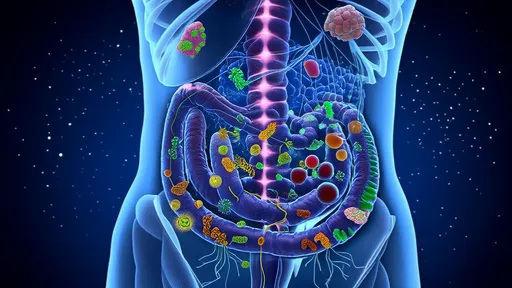
By /Jun 7, 2025

By /Jun 7, 2025

By /Jun 7, 2025

By /Jun 7, 2025
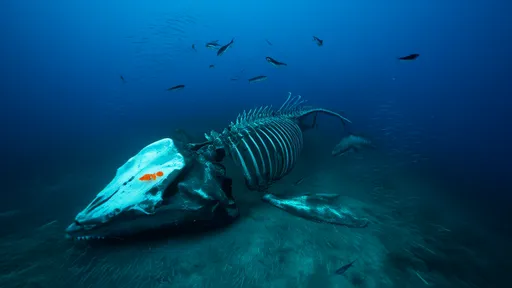
By /Jun 7, 2025

By /Jun 7, 2025

By /Jun 7, 2025

By /Jun 7, 2025

By /Jun 7, 2025
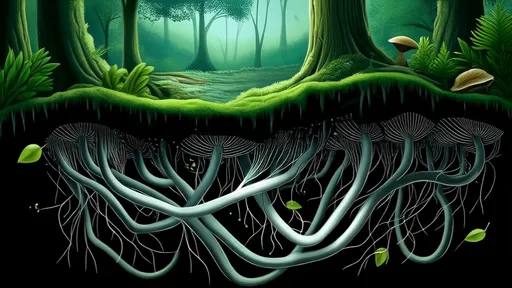
By /Jun 7, 2025

By /Jun 7, 2025
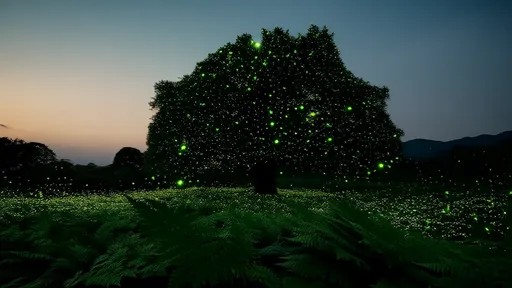
By /Jun 7, 2025
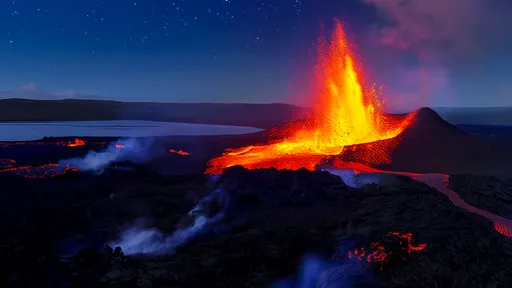
By /Jun 7, 2025
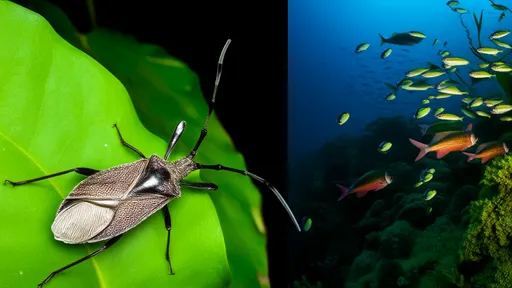
By /Jun 7, 2025